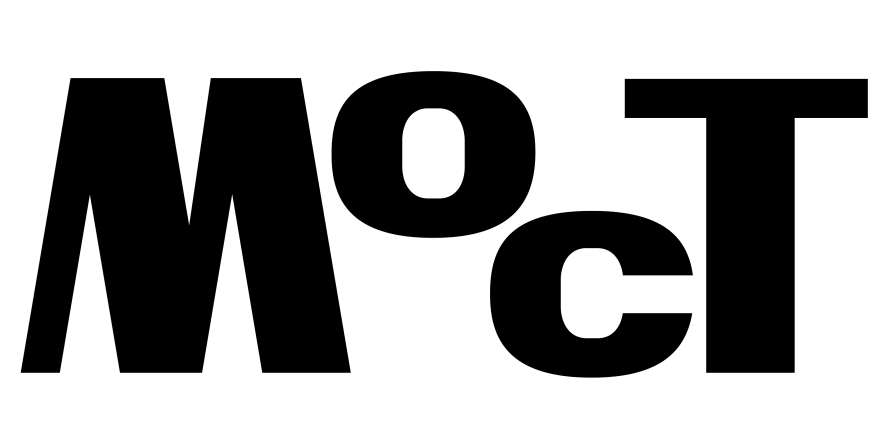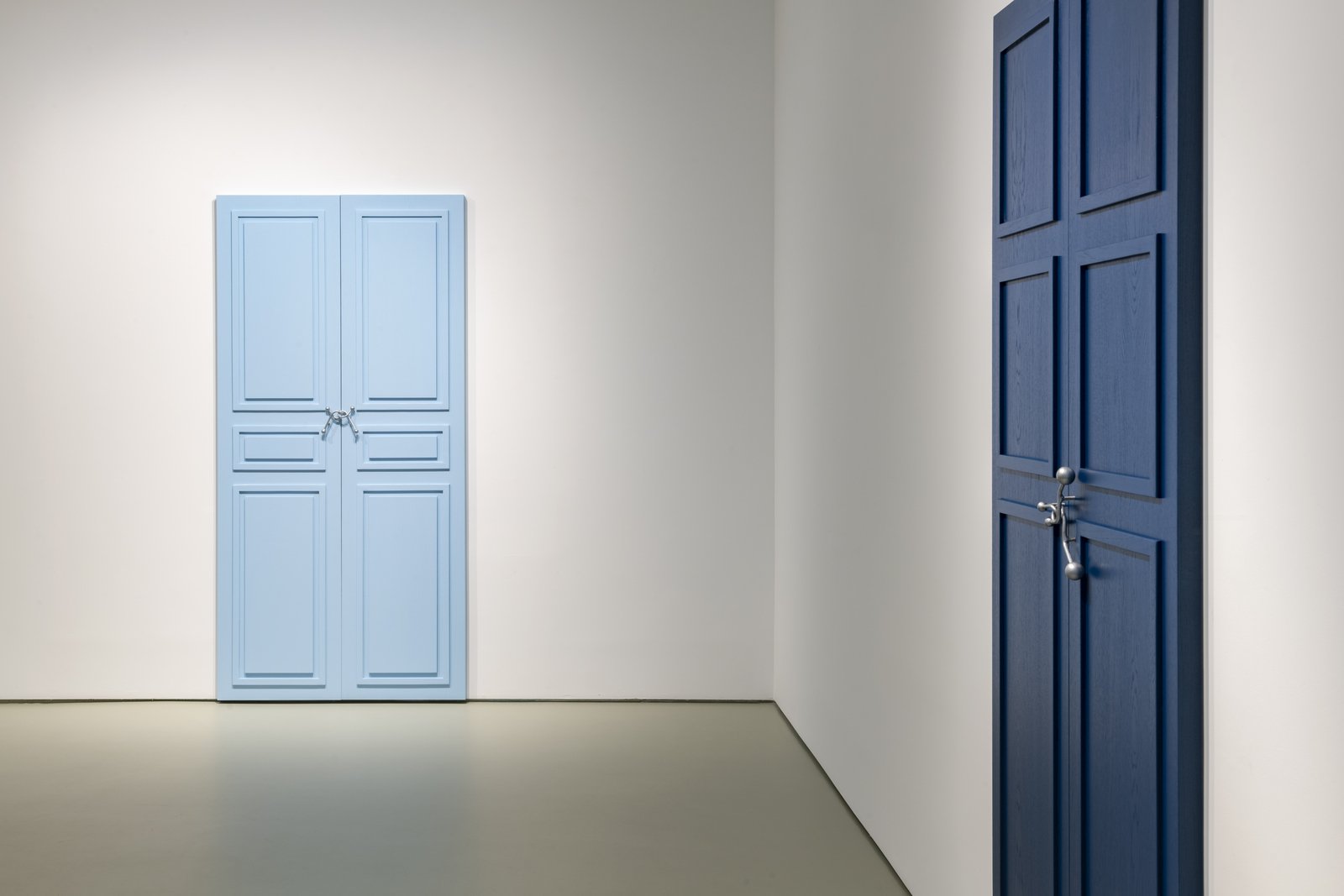Sandra Cerisola
Vexare, a Latin term that translates as “to vex”, is composed of works from two recent series by Maria Loboda: Vexier and The Vexer. The former consists of life-size, double-leaf doors hung flush with the gallery walls and secured by sculptures of metal puzzles, instead of common locks; the latter, of books with particular characteristics, antique, or with stories specific to the object that go beyond the printed contents. These are shown open and on plinths, with glasses of cocktails placed on their pages.
In Vexier, the “doors”, in addition to the deceptive component of simulating real useful objects, suggest, in a game of seduction and disillusionment, the contradictory possibility of an obstructed entrance to an unknown space. In the suggestion, there is the mystery of possible narratives, incoherent and uncertain, but imaginatively viable, insofar as doors are always made to be opened and riddles to be deciphered, only with the implicit disappointment that in reality it is known that both have had their function annulled.
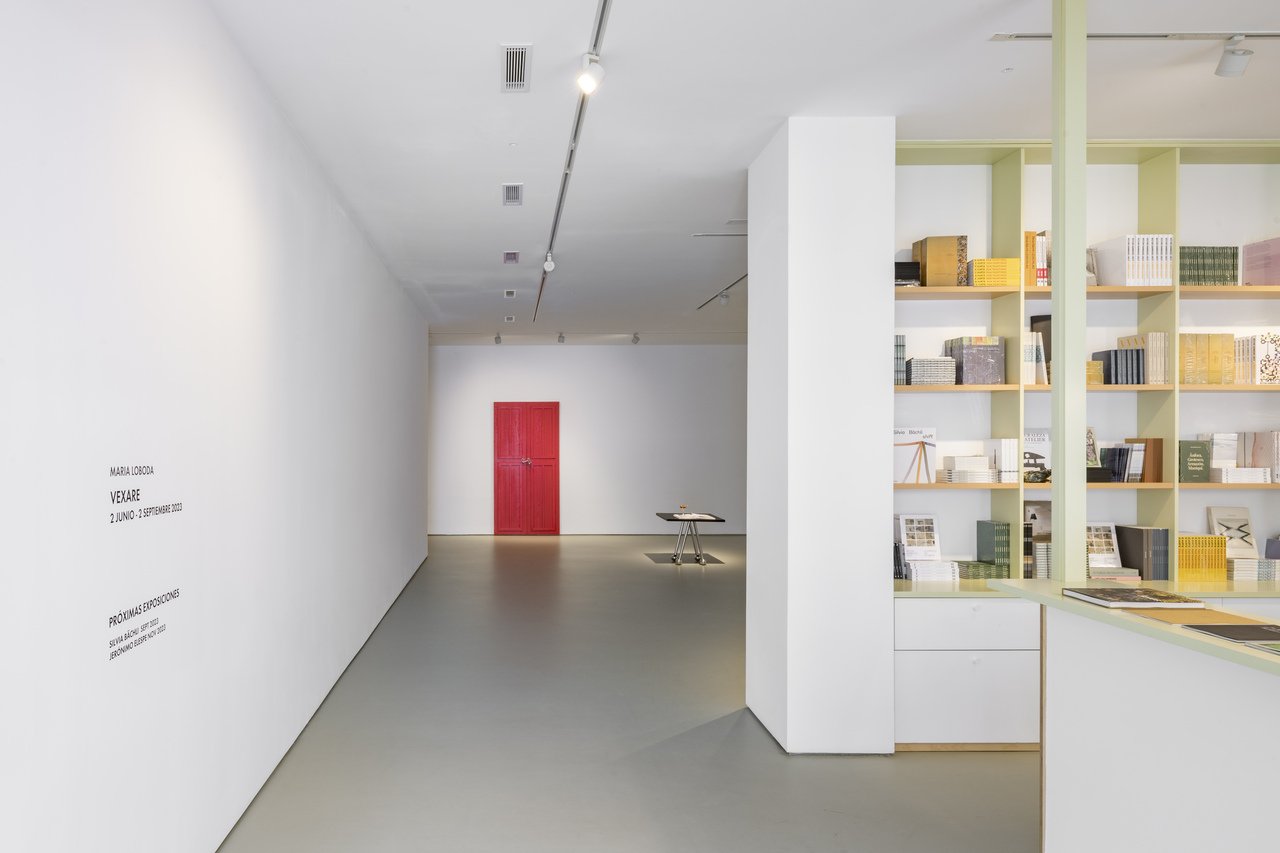
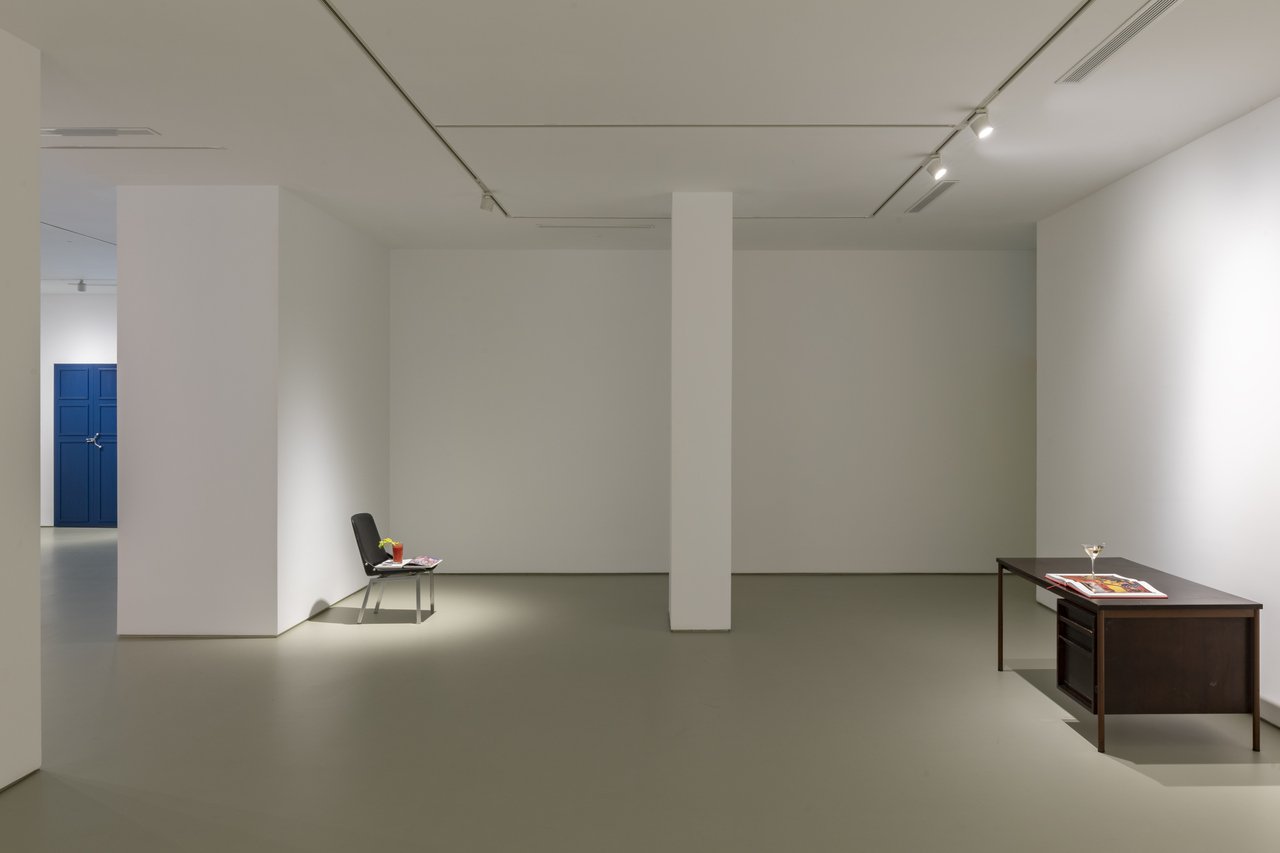
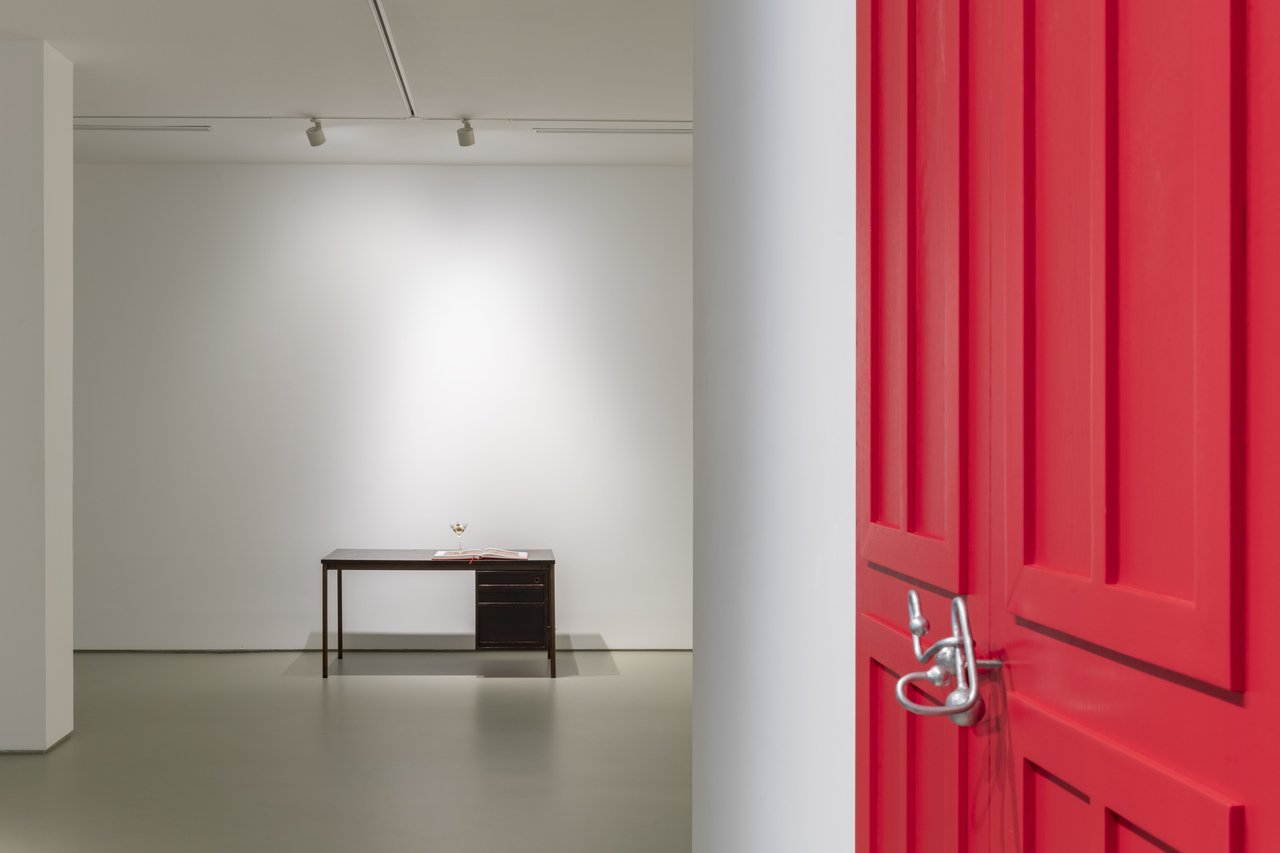
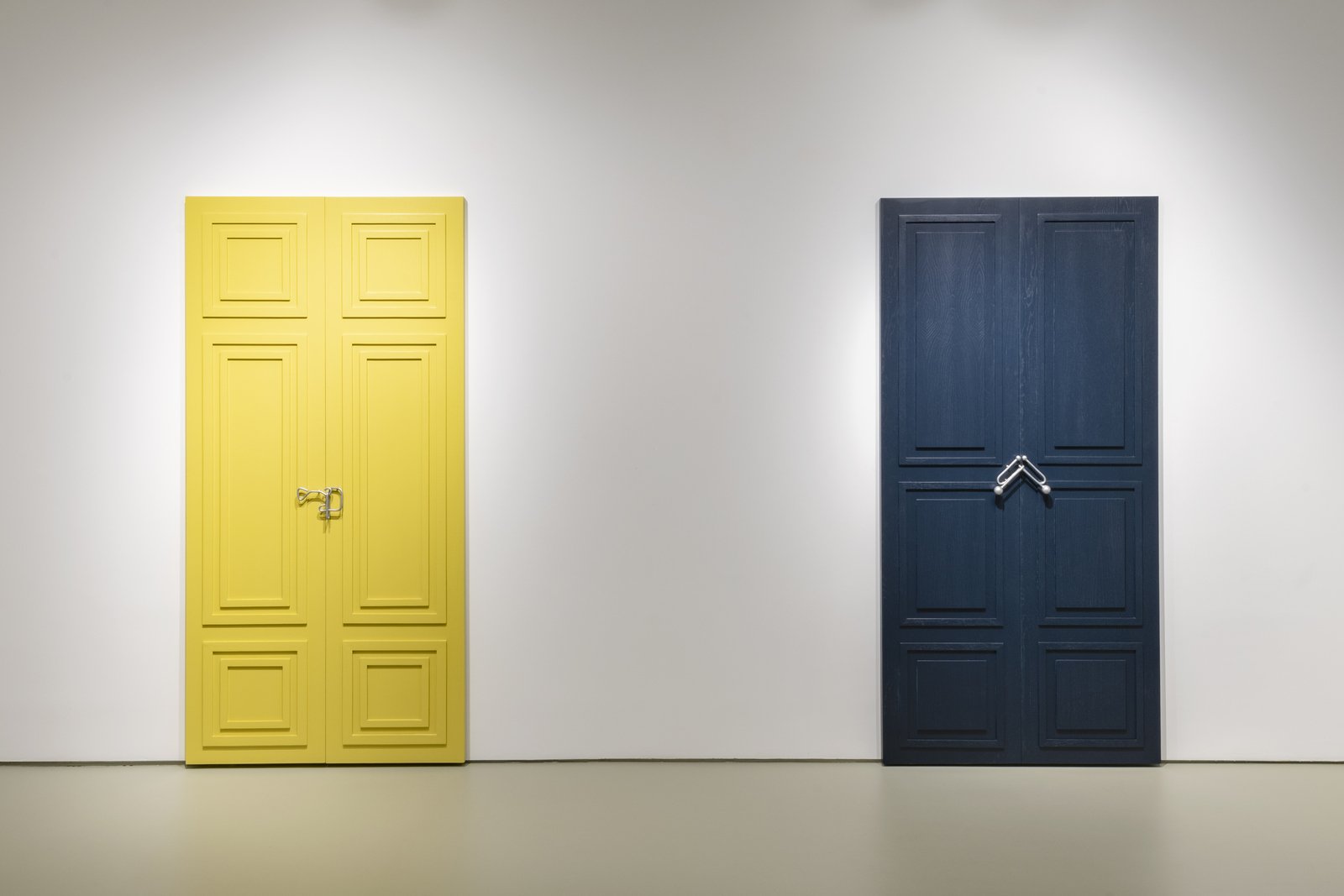
In the case of The Vexer, the reactions of annoyance, preoccupation, or irritation are provoked by the latent risk of different liquids in fragile containers, on valuable objects with images and texts that, in addition, cannot be accessed, in the first instance because their current context – an exhibition within an art gallery – determines their new function, no longer as vehicles to desirable experiences, but as works of art, enigmatic and fascinating, that block the previous and articulate other ideas and establish other forms of relationship.
Vexare delves into themes previously addressed by Loboda, such as frustration incited by subtle, sharp and playful provocations, which highlight the absurdity of social codes, or normalized everyday structures, while touching sensitive and moral fibers, challenging rigid ideas, or interrupting the experience of the fluidity of daily dynamics.
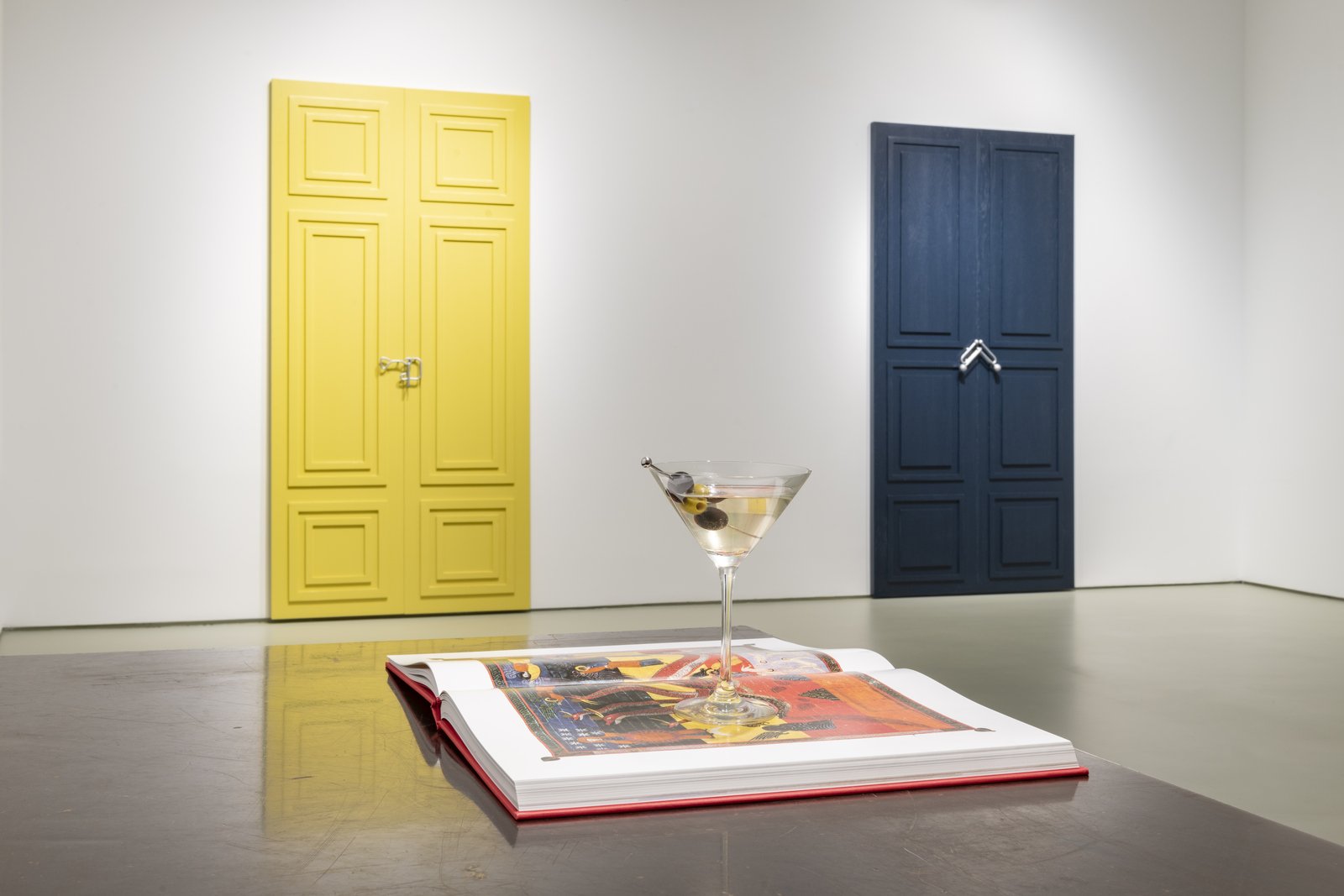
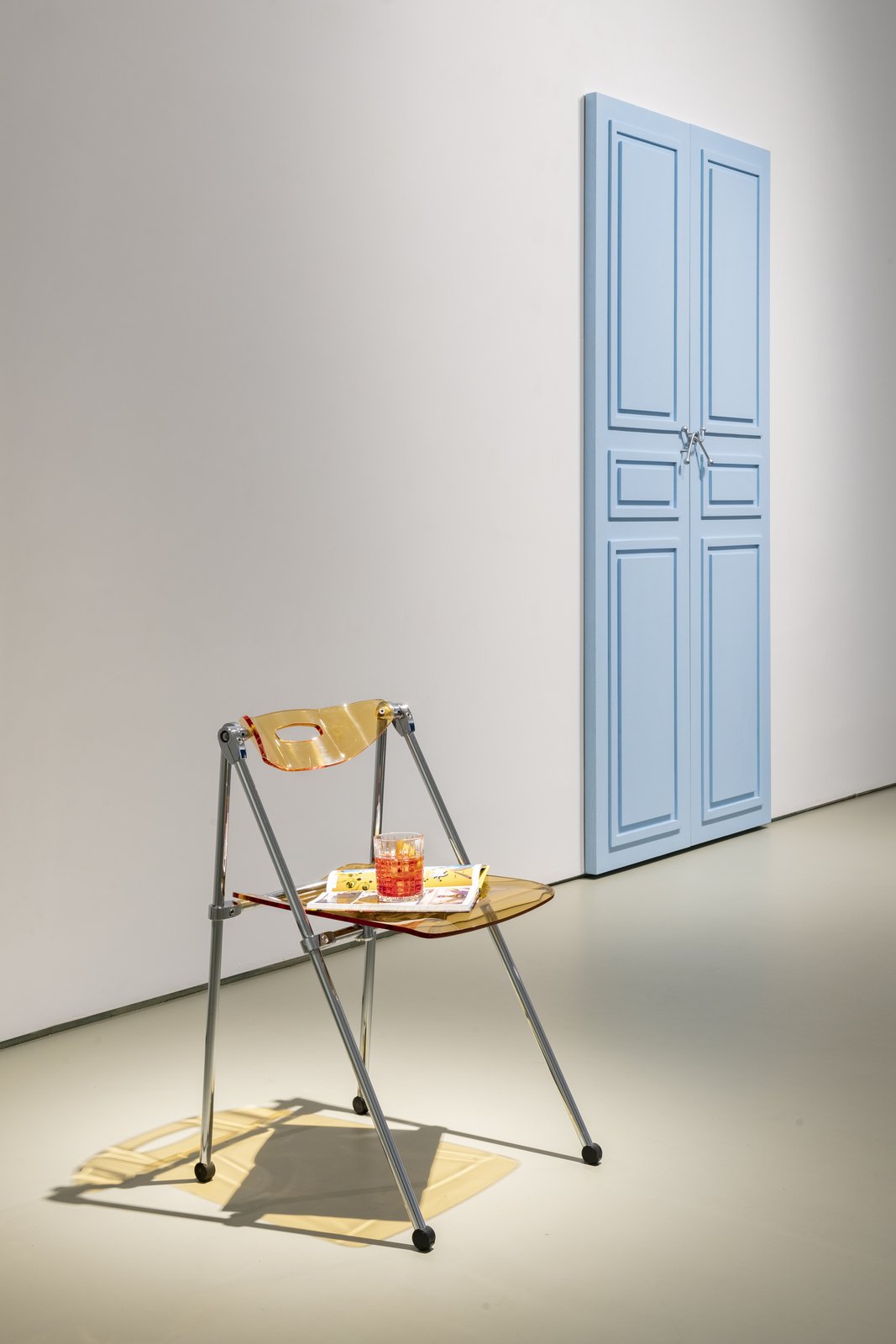
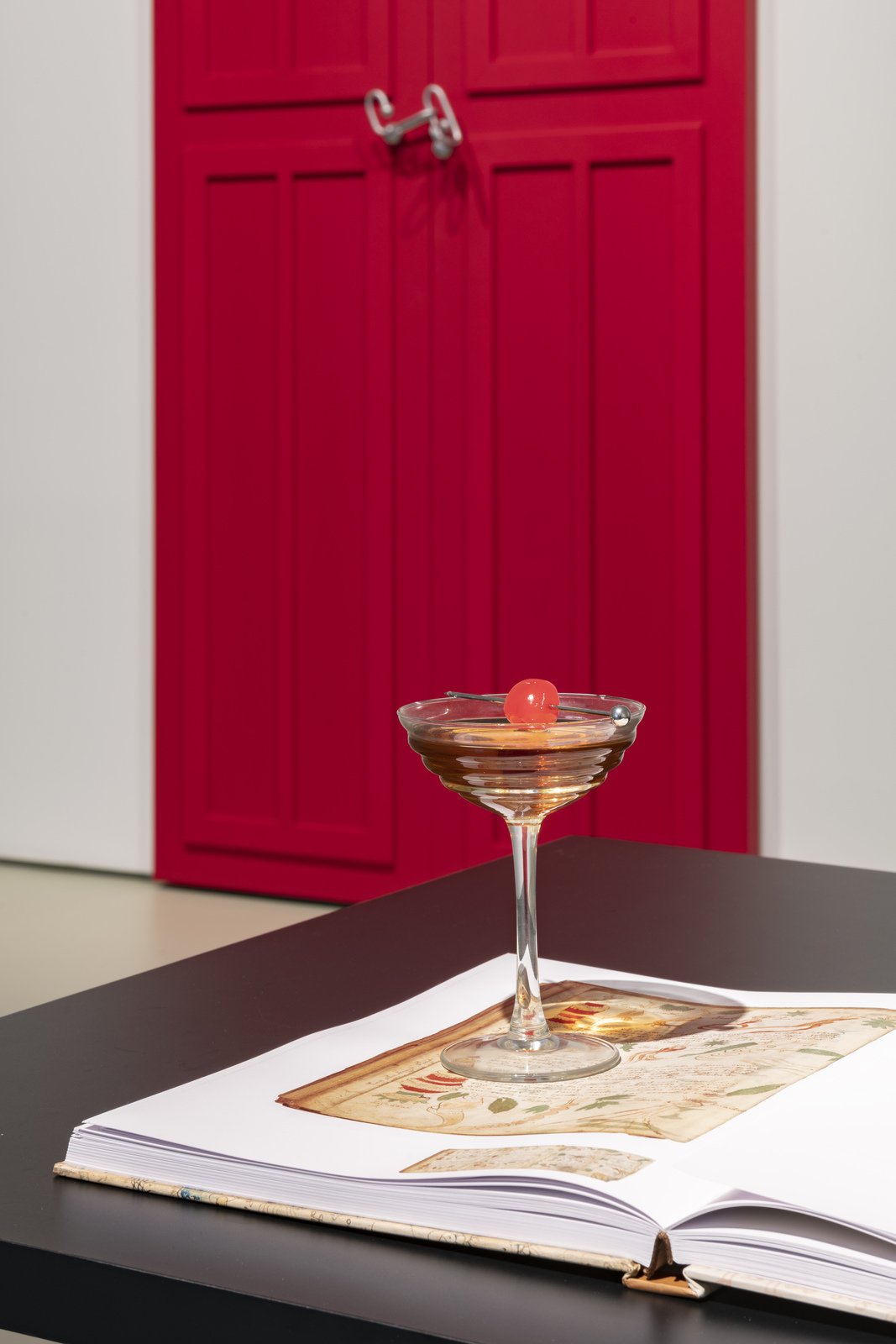
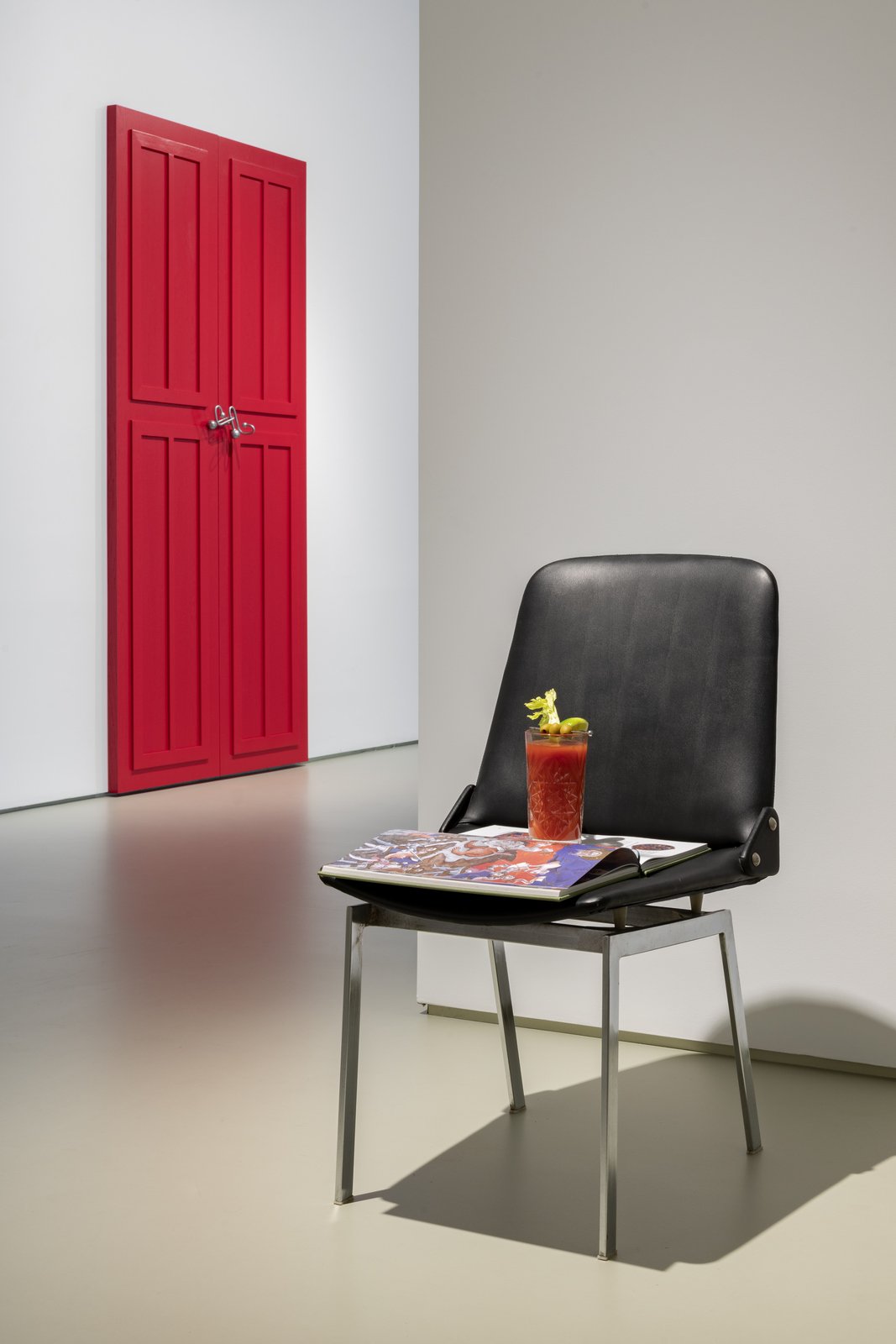
Maria Loboda’s work articulates complex and intellectually stimulating ideas by juxtaposing semantically charged and aesthetically appealing elements, creating new, unsettling and poetic associations. Loboda engages in the archaeology of objects – often chosen for their history or symbolism, as well as for their original intentionality – which within a new syntax, provoke reactions to currently displaced meanings and partially empty signifiers, reflecting aspects of one’s own senselessness.


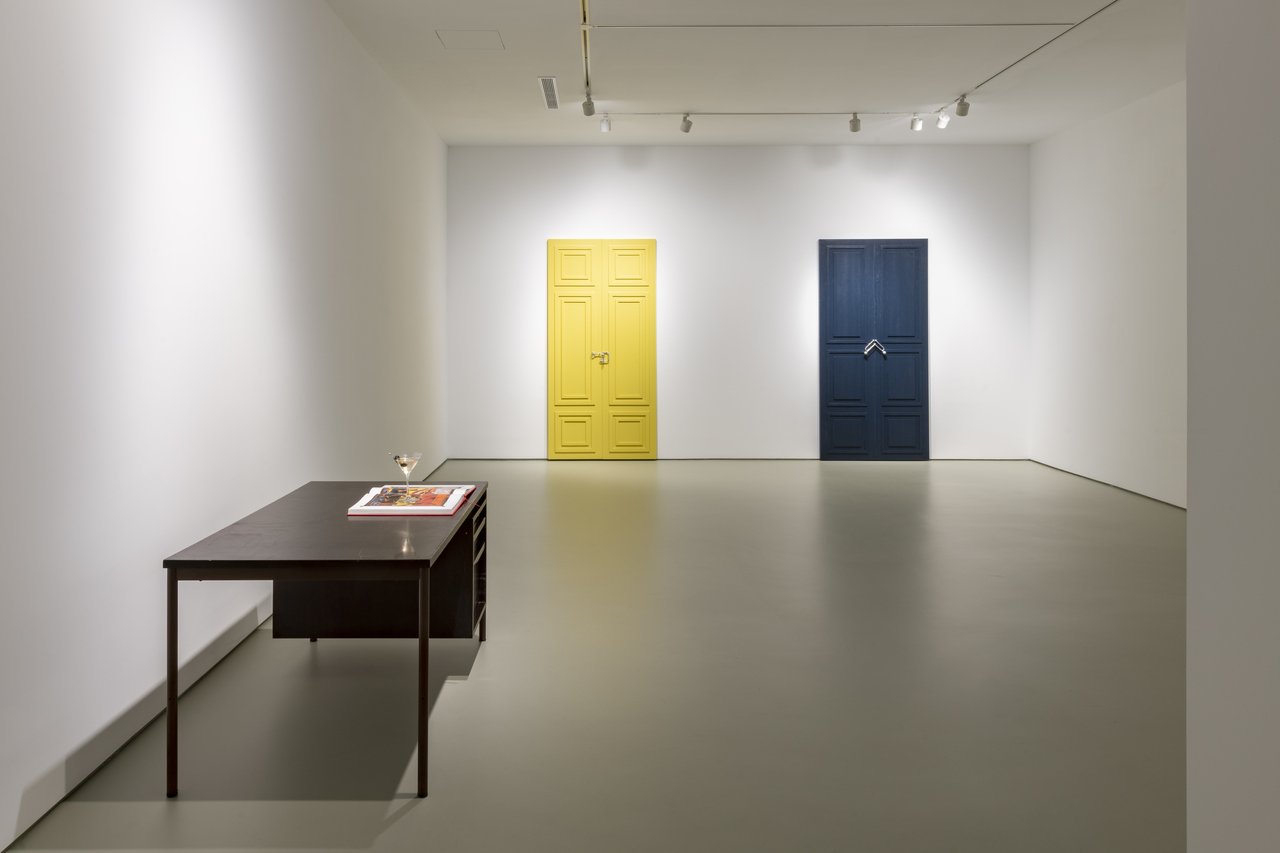

Maria Loboda (1979) lives and works in Krakow. Her career is distinguished by the participation in numerous exhibitions and institutional projects: in 2019 she was part of the Venice Biennale, May You Live in Interesting Times, Venice, Italy; in 2014 she participated in the Taipei Biennale, Taiwan and in 2012 in Documenta (13) in Kassel, Germany.
She has had solo exhibitions at venues such as the Senckenberg Naturmuseum, Frankfurt, Germany (2023); The Power Plant Contemporary Art Gallery, Toronto, Canada (2016); Instittut d’art contemporain Villeurbanne, Lyon, France (2017); Museo Nacional Centro de Arte Reina Sofía, Madrid, Spain (2013); or Museo Rufino Tamayo, Mexico City, Mexico (2019). Collectively she has shown at the Henry Moore Foundation, UK (2019); Palais de Tokyo, Paris, France (2017 and 2012); La Panacée, Montpellier, France (2016); Serpentine Gallery, London, UK (2016); San Francisco Art Institute, USA (2012); MUDAM, Luxembourg, Luxembourg (2014); Instutute d’art contemporain Villeurbanne, Rhone-Alpes, France (2015 and 2017); or Parcours, Basel, Switzerland (2022), to name a few. Likewise, in 2015 she produced a permanent installation at the Bunkier Sztuki, Krakow, Poland.
Maria Loboda has been recipient of numerous awards and recognitions, and her work is part of public collections of institutions such as the IAC Villeurbanne, France; Colección Banco de España, Madrid, Spain; Fundación ARCO, Madrid, Spain; FRAC Aquitaine, France; FRAC Basse Normandie, France; CA2M, Centro de Arte Dos de Mayo, Madrid, Spain; and the FRAC, Reims, France.
Artist(s): Maria Loboda
Exhibition Title: Vexare
Venue: Maisterravalbuena
Place (Country/Location): Madrid, ES
Dates: 02.06. – 02.09.2023
Photos by: All images courtesy of the artist and Maisterravalbuena, Madrid.
